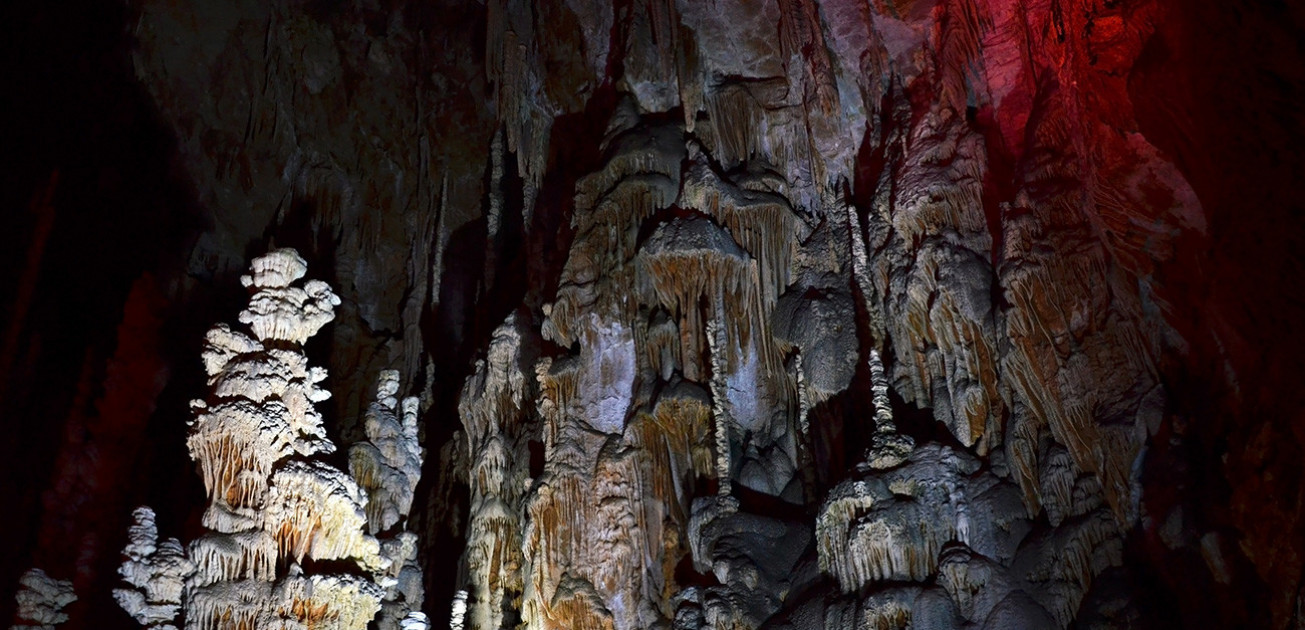


"Our world’s caves are places of wonder, mystery and majestic beauty. Show caves around the world are embracing their role in protecting and preserving caves and providing a place for people to learn about these special, natural, cultural and historical resources.
Show caves also play another important nature tourism role of sustainable economic development, providing jobs, and helping the economy of their regions.”
| Name: | Pleistocene symposium |
|---|---|
| Type of event: | Other events |
| Organiser: | |
| Date: | 06. September 2010 - 12. September 2010 |
| Country: | France |
| Town / City: | TARASCON/ARIEGE |
Pleistocène Art of the world
IFRAO CONGRESS : PLEISTOCENE ART OF THE WORLD (6-11 Sept. 2010, Ariège-Pyrénées, France)
The existence of Pleistocene rock art, first proposed by Marcelino Sanz de Sautuola in 1879, was slowly accepted in the late 19th century before being fully recognized at the beginning of the 20th century. Since then, investigation of this phenomenon has been largely focused on a small region of western Europe, which has yielded over 370 sites of the most exquisite Palaeolithic rock art, in caves, in shelters and in the open air. Over the subsequent century, an elaborate stylistic chronology of this corpus, mostly featuring naturalistic animal depictions and geometric motifs, was developed. It also became the template of Pleistocene rock art in guiding the search for such phenomena in other regions of the world, prompting many reports of such rock art as well as portable art from across Eurasia and sometimes from other parts of the world. Research in recent decades has suggested that most Pleistocene palaeoart of the world may not be figurative, and that some is even much older than the art encountered in Europe.
This differs so significantly from the popular model of Pleistocene art that a congress should be dedicated to this subject, addressing questions of dating, of the definitions of palaeoart and its taphonomy, and of regional distribution of evidence in each continent, re-evaluating the topic of the global phenomenon of Pleistocene palaeoart traditions. We invite proposals and contributions on all aspects of this subject (contact: Jean Clottes, 11 rue du Fourcat 09000 Foix, France. Email: j.clottes@wanadoo.fr).
List of Symposia decided upon:
The IFRAO Congress will take place from 6 to 11 Septembre 2010 inclusive in France (), essentially in Tarascon-sur-Ariège. Its base in the French Pyrenees will be the Prehistoric Park (near Tarascon-sur-Ariège), whose team together with the Conseil Général team, will see to the logistics. Address: Congrès Art Pléistocène dans le Monde, Parc de la Préhistoire, 09400 Tarascon-sur-Ariège (France). Email: ifrao.ariege.2010@sesta.fr Phone +33 561 055 040.
Hotel information and bookings: Comité départemental du Tourisme « Loisirs Accueil ». Email: ifrao.ariege.2010@sesta.fr
Visits of caves (Niaux, Bédeilhac, Le Mas d’Azil, Gargas) and Palaeolithic art museums (Le Mas d’Azil, Musée Bégouën) will be organized both during (on 8 September) and at the end of the Congress (on 11 September).
Congress official languages will be English, French, Spanish.
Web site : http://ifrao.sesta.fr/
Congress registration. Fee: 100 euros for participants ; 60 € for accompanying persons and for students. Inscription will depend on the actual payment of the fee.
Inscription deadline: 30 June 2010.
If, however, the number of participants duly inscribed before the deadline reaches the maximum number of persons we can accept, inscription will be immediately stopped and notice will be given on the web site. If you mean to come,you are thus strongly advised not to delay too long for your inscription!…
Presentationscannot exceed 20 minutes, plus 10 minutes for discussion (30 minutes in all).
The titles of all proposed papers and their abstracts (from 50 to 100 words) must be sent to the chairmen of the various Symposia before 28 Februaruy 2010.
The papers accepted must be sent to them, complete and digitized, before 1 June 2010. This is because we mean to put all the accepted papers on the web before the Congress.
The publication of Acts is obviously necessary. The modalities of their publication will be detailed later.
Any further information will be given on the Congress website: http://ifrao.sesta.fr/